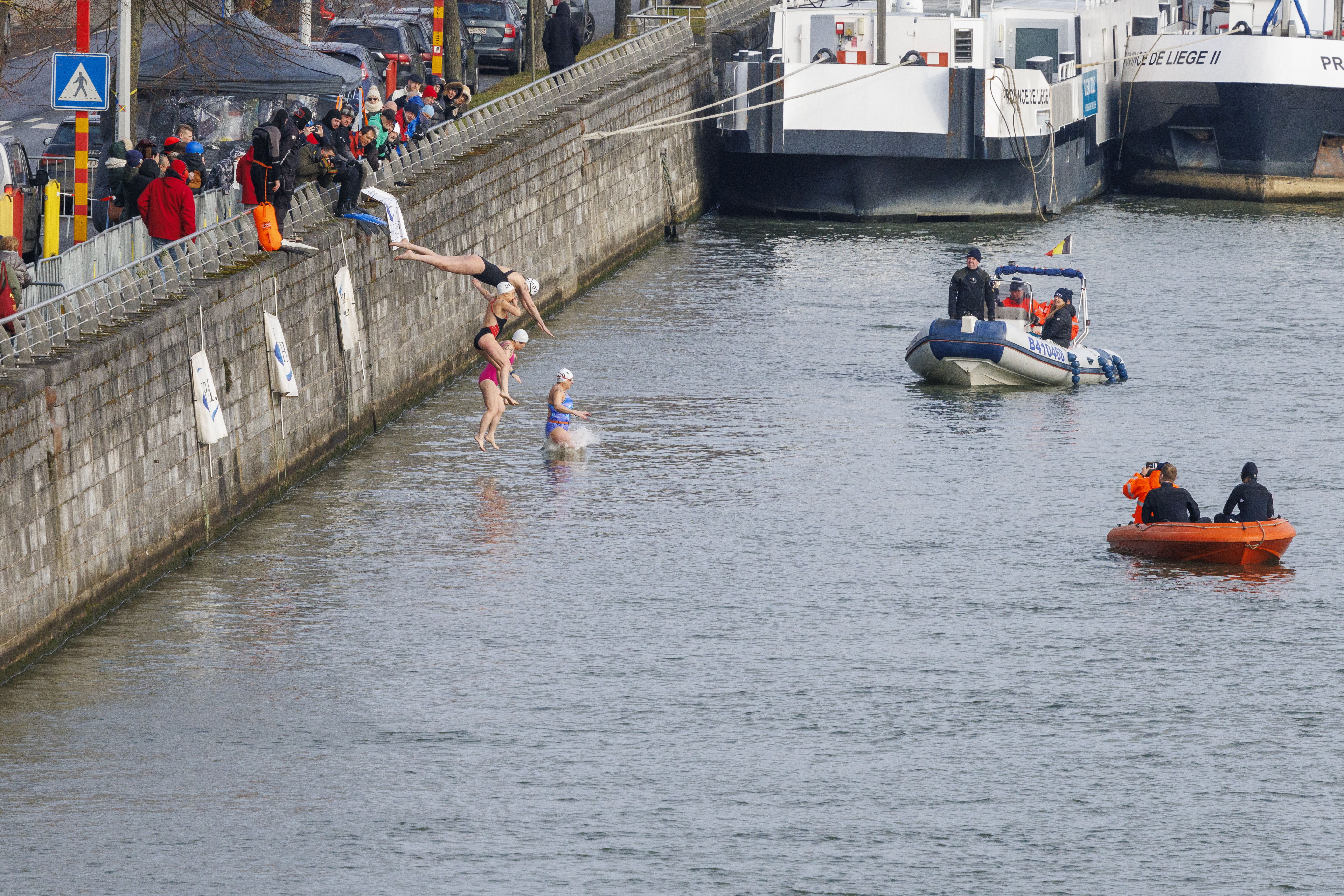Major waterways in Flanders cleaner than expected, citizen research finds

A large-scale citizen science project has revealed that many of Flanders’ and Brussels’ major waterways are cleaner than anticipated. The results offer hope for legal open-water swimming in the future.
More than 5,000 volunteers participated in Watermonsters, a water quality study organised by De Standaard. Between 26 April and 4 May, they collected over 5,700 water samples from nearly 1,900 rivers, canals, and streams across the region. The presence of E. coli bacteria, an indicator of faecal contamination, was the key focus.
The results were striking: 43 per cent of the sampled waterways were clean enough for swimming, particularly larger rivers and canals like the Albert Canal and the Scheldt. In fact, 87 per cent of navigable waterways met the safety threshold. This is largely due to better infrastructure and higher water volumes that dilute pollution.
However, smaller streams tell a different story. Water quality was poor in 42 per cent of all watercourses, and only marginally acceptable in another 11.5 per cent. The findings highlight significant issues with untreated household wastewater. Around 12 per cent of Flemish homes (approximately 700,000 people) still discharge sewage directly into nature, lowering the region’s wastewater treatment rate to 88 per cent, compared to 99 per cent in the Netherlands.
“More than half of our waterways are still unsafe for swimming. That’s a failing grade”, said project initiator Lieven Symons. Experts from KU Leuven, who analysed the data, were also surprised by the extent of pollution in smaller streams.
The study excluded other pollutants like PFAS and nitrogen, but its insights into E. coli levels offer a crucial first benchmark. “This is a strong case to reopen the debate on legalising open-water swimming in Flanders”, said Symons. In countries like the Netherlands and Switzerland, the practice is widespread.
#FlandersNewsService | Swimmers at the Meuse River © BELGA PHOTO NICOLAS MAETERLINCK